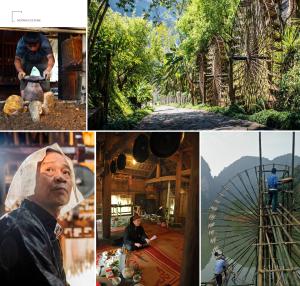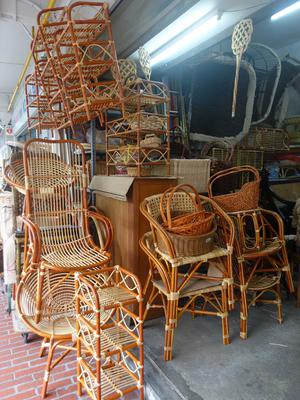Etëtung, known in English as Vanuatu Women’s Water Music, is a sonically and visually striking performance tradition that is found in several communities in the Pacific Island nation of Vanuatu. Standing in a circle or semi-circle in waist-deep water, the women rhythmically slap the surface of the water using a variety of hand techniques that create a diversity of sounds. These sounds reflect those in the natural local environment – the call of a particular species of bird, for example, an oncoming cyclone, or waves over the reef at low tide. Contemporary Etëtung performances often comprise a handful of “pieces” each lasting a minute or two (though this depends on performance context and function). Typically, each piece features a distinct rhythm (or set of rhythms) accompanied by a simple chanted or intoned melodic phrase.
One community whose practice of Etëtung as become particularly renowned is that of Leweton village, on the island of Espiritu Santo. Since the founding in 2008 of the cultural tourism enterprise Leweton Cultural Village, the women and girls of this small community have been performing Etëtung for local, national, and international audiences, raising its profile and enabling the community to draw attention to the effects of the climate crisis on their cultural practices and ways of life.
-Text by Catherine Grant, in collaboration with Sandy Sur, founder, Leweton Cultural Village.
Photograph: The women and girls of Leweton perform Etëtung in the coastal shallows near their village. Credit: Ashley Burgess, 2017. Used with permission.
03-07-2024
| References | Grant, Catherine. 2019. “Climate Justice and Cultural Sustainability: The Case of Etëtung (Vanuatu Women’s Water Music).” The Asia Pacific Journal of Anthropology. 20(1): 42-56. | |

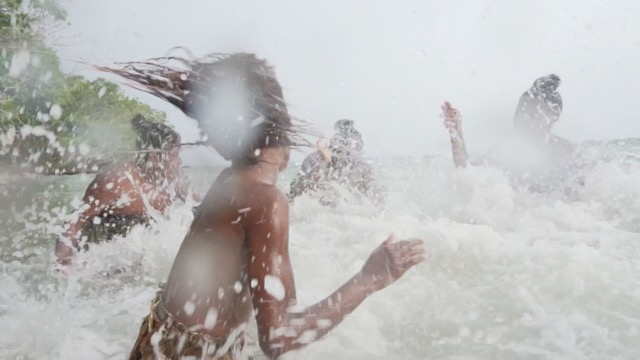
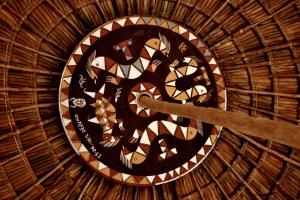
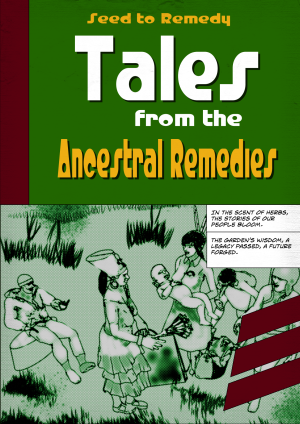
.jpeg)
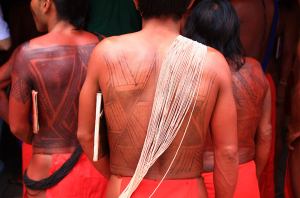
.jpg)
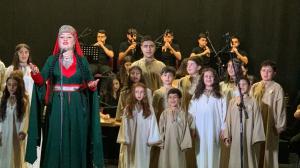

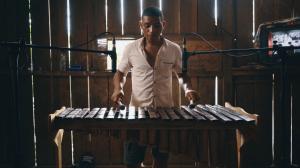
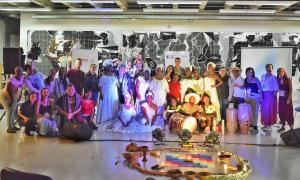
.png)
.jpg)















_(31711258567).jpg)

















